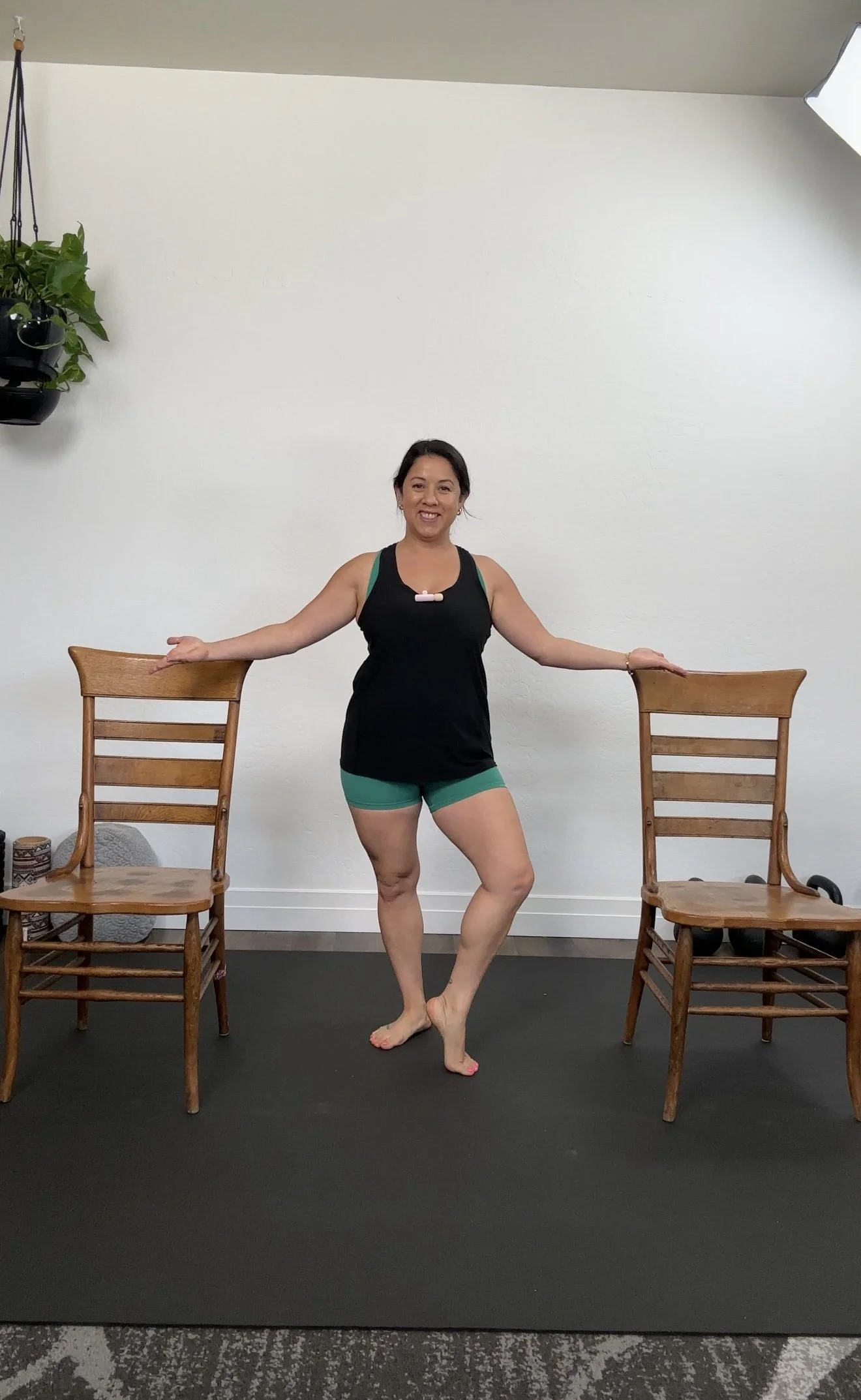The Infinity Walk: A Simple Tool for Complex Brain-Body Benefits
At first glance, the Infinity Walk looks almost too simple: walk in a loose figure-eight pattern and breathe. That’s it?? HA! Underneath that simplicity is one of the most elegant, high-value brain-based movement tools we have.
Meet the Infinity Walk
Originally developed by Dr. Deborah Sunbeck to support children with learning and developmental differences, the Infinity Walk wasn’t meant to “fix” movement—it was created to rewire how the brain processes and organizes information. And that’s exactly why it translates beautifully into athletic performance, pain reduction, and nervous system regulation for any population. And that is reason # 515 that I am obsessed with it and NEED you to know about it.
When someone walks in a figure-eight, they’re doing far more than just walking. They are:
Visually tracking a moving environment
Stabilizing the head and spine
Shifting weight rhythmically between both sides of the body
Coordinating limbs in a contralateral pattern
Processing sensory and cognitive input at the same time
In other words: the Infinity Walk trains the brain, not just the body.
Why This Matters for Movement Professionals (you)
When we want to change output (movement quality, pain response, posture, performance)…
we have to change the input the brain is using to make its decisions. Yes? Or YES?
When these systems are activated together, the brain is forced to coordinate, communicate, and refine efficiency — and that is where the magic happens.
This is why the Infinity Walk can help:
Clients stuck in chronic pain cycles
Athletes who move “well” but can’t express power efficiently
Kids or adults with sensory overwhelm or difficulty focusing
Clients who dissociate or freeze when completing tasks
Anyone recovering from concussion or vestibular disruption
It’s simple — but it is not basic. There’s a difference.
How to Set It Up (please watch this video with the volume on)
Place two cones, yoga blocks, chairs or trash cans on the floor ~6–8 feet apart (or more).
Instruct your client to walk around them in a figure-eight loop KEEPING THEIR EYES ON THE TARGET that you have established.
Toes stay facing forward no matter what direction the person is walking.
The focus is smooth, relaxed, unhurried movement. No walking backwards or sideways.
Keep eyes soft and aware of the environment, not locked downward.
Let the breath move naturally — no forcing.
If their breathing becomes shallow or their shoulders hike up, you’ve likely reached their current threshold. That’s your cue to stop.
Progressions and Variations (Choose Based on the Client)
1. For Athletes
Add a light kettlebell in each hand (farmer’s carry)
Layer in peripheral vision cues (e.g., “notice the room while you move”)
Add cognitive decision-making tasks (favorite candy, colors, numbers (count down by 4 from 100), name animals that begin with the letter “A”)
Why: This increases cognitive load while maintaining movement fluency.
2. For Older Adults or Limited Mobility
Perform a seated Infinity Walk by pushing them in a chair through the pattern.
Their only job: soft eyes and awareness of the environment while staying relaxed.
Why: This supports the vestibular and visual systems without demanding gait control.
3. For Clients with Pain or High Sensitivity
Slow the pattern down
Soften the path — no sharp turns
Keep ribcage relaxed and breath effortless
Create MORE distance between the targets you placed on the floor
Why: Too much vestibular input too quickly can feel threatening. Safety first.
Why It Works (Nervous System Breakdown)
The Infinity Walk improves:
Bilaterally coordinated movement (the brain loves symmetry and novelty)
Midline crossing, which taps into interhemispheric communication (hello, corpus callosum)
Cervical spine organization, because the head must stay balanced while the body moves
Proprioceptive mapping, because the ground reaction forces are constantly shifting
This is not simply making someone “more balanced.”
It’s helping their brain trust their body again.
Benefits at a Glance
🧠 Enhances visual + vestibular integration
🧠 Improves spatial and situational awareness
🧠 Helps regulate autonomic nervous system (great for anxiety clients)
🧠 Improves head and neck mobility without stretching
🧠 Supports recovery from concussion/vestibular issues
🧠 Improves gait mechanics + rhythm
🧠 Boosts coordination + confidence in movement
Why Clients Love It (Because it’s freaking FUN!!)
It’s low pressure
It feels natural
It’s grounding
It doesn’t look like therapy/work
It gives immediate sensory feedback that they can feel
This means:
Better compliance
Faster results
And a stronger relationship between you and your client
Try It, Test It, Measure It
Before your client begins:
Check rotation, side bend, or a movement associated with discomfort (or anything you want to measure)
Execute the Infinity Walk for 2–3 minutes
Reassess the same exact pattern or text you chose to assess before doing the Infinity Walk
If the nervous system likes it — you’ll know.
You’ll see smoother motion, reduced tone, better posture, or less pain.
That is your data. That is your proof of concept.
Here is the video again on youtube instead of Instagram to refer to as many times as needed and share with whomever you think would benefit from learning about it!
Per usual, stay weird and be curious.
Oh, and I am really proud of you.
-Until next month,
Missy B


